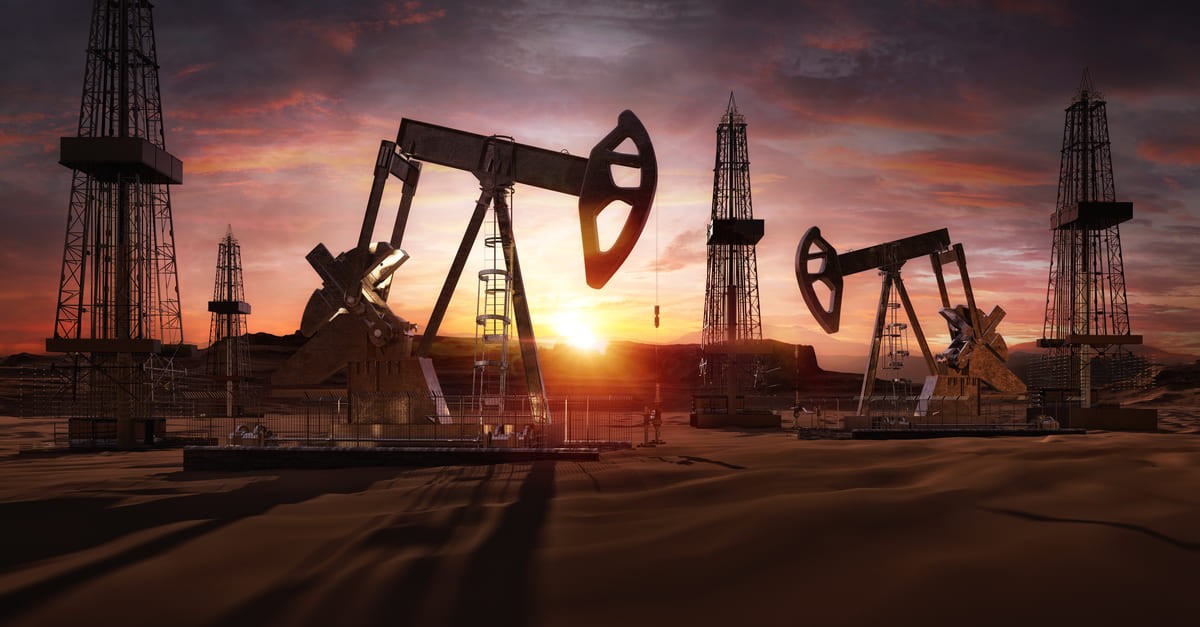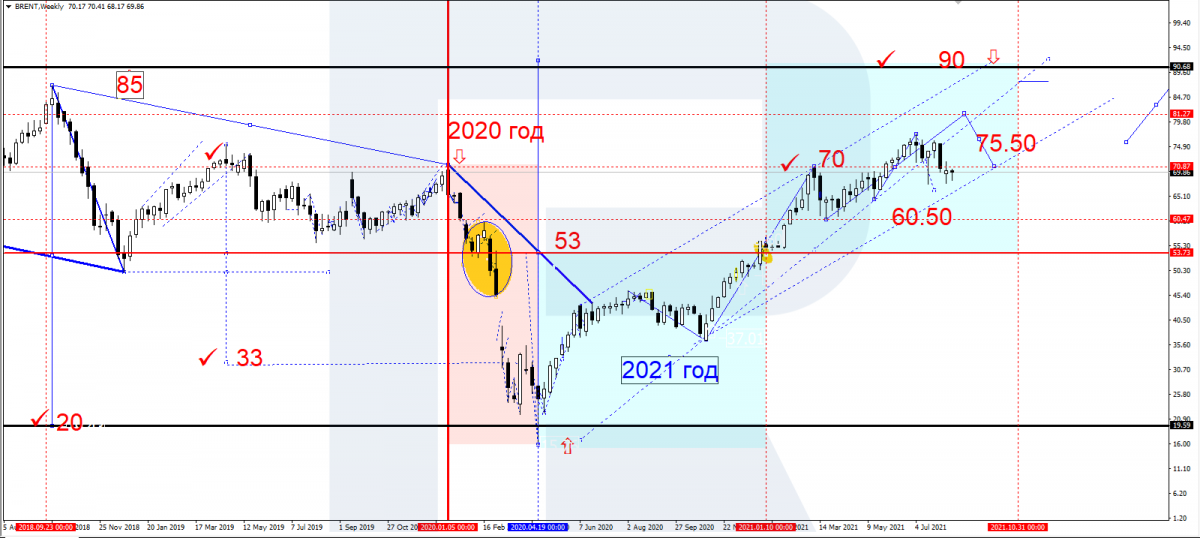In 2021, the oil market has been in turmoil. It seems that this will not change in the nearest future. Let us look into detail.
Is there actually demand?

The International Energy Agency thinks that in 2021, oil demand will end up at 96.2 million barrel a day. Tye last revision gave slightly worse digits that initially.
In June, global demand extended to 3.8 million barrel a day because the mobility of people and business in Europe and North America increased. However, in July, worse pandemic conditions made the demand shrink.
All expectation concerning the demand have to deal with the pandemic. The latter prescribes its conditions. Some European countries started imposing certain restrictions again because the number of people falling prey to the new Delta strain is increasing. This type of the coronavirus is more aggressive than the previous one.
There are fears about the virus spreading through Asia. New Zealand has already started a lockdown; situations in China and Japan are threatening. The digits are not as large, yet the very trend is scary.
Australia has thrown its defense forces for watching out during curfew in Sydney. In Japan, regardless of the state of emergency in some prefectures, the daily number of the infected beats records of 100,000 people.
As long as Delta dictates its conditions to consumers and business, global commodity suppliers will not manage to increase sales.
There is one more detail to pay attention to. India starts selling oil from strategic reserves. This is done to empty a part of space (about 30%) to be used further by private companies. India is supposed to sell about 10 million barrels a day extra. These volumes will partially smooth out supply shortage, though this problem has become less acute then before.
Oil reserves in China have been decreasing for four months in a row. In July, they dropped by 224,000 barrels a day. This is weird: China is one of the largest global oil importers. The phenomenon is described by statistics that shows that industrial production in the country has worsened alongside retail sales.
Also, there is OPEC+ that increases production every month, trying to return to the supply market what has been taken away before.
Taken together, supply is quite abundant, while demand is still questionable. Nothing promises stabilization here.
Do not forget OPEC+

By September 2022, OPEC and countries that joined it, will have returned 5.8 million barrels of oil a day to the market. These are volumes that have been taken out of the market to balance oil prices. Now things are getting back to what they were like.
August through the end of 2021, the market will be supplied by 400,000 barrels a day. The speed is more than moderate, which allows for keeping a close eye on the demand and avoiding excessive pressure on the quotations.
Quite recently, US authorities asked OPEC+ for further increasing production: in the USA, gasoline prices are growing, which worsens inflation pressure and possibly slows down economic growth. Washington is nervous and is looking for ways of decreasing the pressure.
The easiest way out is to contract with large suppliers about a general increase in production. However, OPEC+ countries decided to avoid hasty steps and refused.
Incident OPEC+, they think that oil markets do not need more crude material than they have now. This year, a barrel of Brent has already grown by 35%. Some say that OPEC+ holds back production, trying to reach their own goals, such as never let the quotations fall to fast.
If we admit that oil supply will be extending too fast, investors and capital markets will face a decrease in commodity prices.
Where is the balance?

There is no balance to be seen yet. Due to the low base effect of 2020,i mpulse recovery of economies, and persistence of certain restriction measures. However, there is a clear proficit of supply forming. By the beginning of 2022,it will have reached 1.7 million barrels a day. This will bring market prices down.
The earliest when we will see a balanced market is Q3, 2022. This forecast will remain true if economies do not face new epidemic threats.
Tech analysis of oil quotations
First of all, note that the tech scenario of oil falling to $20 per barrel came true because in 2020, the demand shrunk steeply. This was due to the distress of the global GDP.

Brent price dynamics in 2020-2021
OPEC+ countries took some measures for decreasing production and managed to stabilize the situation. At the end of 2021,the price again rose the $50 per barrel.
Tech picture of price development demonstrates quite a pronounced uptrend. As a result with a breakaway of $53, the market got a chance to continue the uptrend.
Now we see the market almost return to the pre-crisis level. This summer, the price reached $75.5. However, this was the end of this wave. At the moment, the market is consolidating around $72 and might correct to $67.

Tech analysis of Brent for August 2021
As the main scenario, we expect support to form there and the trend to continue to $81. Then it might correct to $71, then grow to $90. This is the price we expect at the end of 2021.
The post What Happens to Oil Market over 2021? appeared first at R Blog - RoboForex.
-----------------------------------------------------
By: Anna Rostova
Title: What Happens to Oil Market over 2021?
Sourced From: blog.roboforex.com/blog/2021/08/20/what-happens-to-oil-market-over-2021/
Published Date: Fri, 20 Aug 2021 14:43:42 +0000
Read More
.png) InvestingStocksToolsClubsVideosPrivacy PolicyTerms And Conditions
InvestingStocksToolsClubsVideosPrivacy PolicyTerms And Conditions
